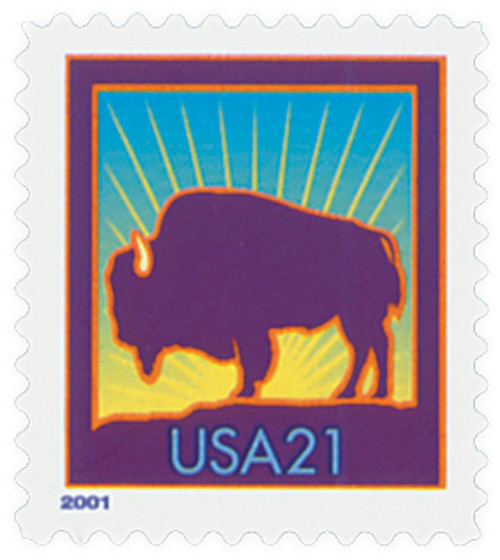
# 3467 FDC - 2001 21c Bison, small 2001
21¢ Bison
Small “2001”
City: Washington, DC
Quantity: 25,000,000
Printed by: Sterling Sommer for Ashton-Potter
Printing Method: Photogravure
Perforations: 11 ¼
Color: Multicolored
Theodore Roosevelt National Park
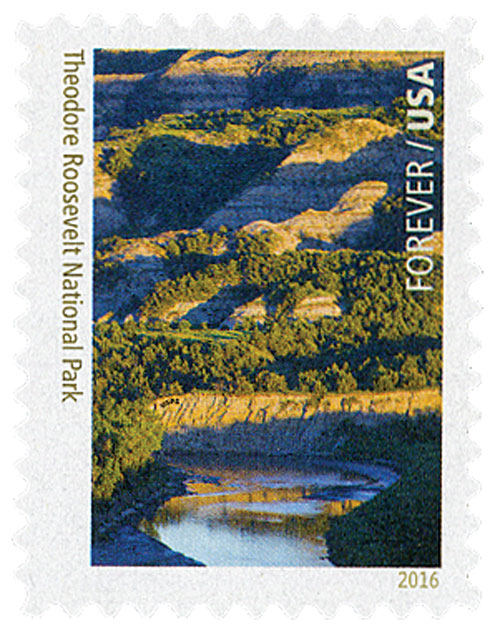
On November 10, 1978, Theodore Roosevelt National Park was established on North Dakota. Roosevelt’s time in the Badlands inspired his conservation efforts as president, establishing over 200 protected areas.
A rugged outdoorsman, Theodore Roosevelt was first drawn to North Dakota’s Badlands in September 1883 to hunt bison. Little did he know that most of the bison had been hunted to near extinction – some 10,000 were killed just a week before his arrival. Roosevelt became enamored with the area during this trip and decided to invest in a cattle ranching operation there. He purchased the Maltese Cross ranch and had a one-and-a-half-story cabin built.
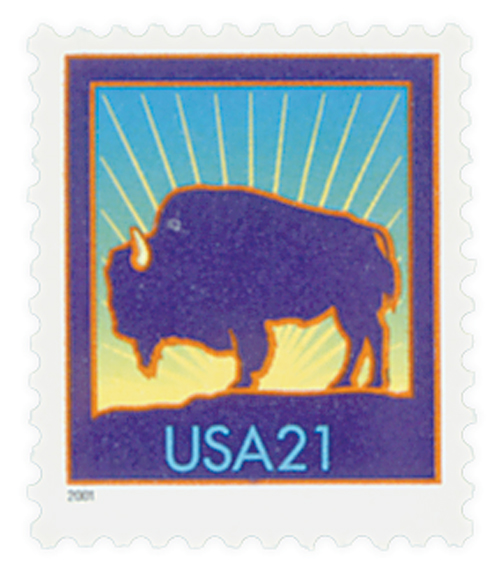
After Roosevelt attended the Republican National Convention in June 1884, where his candidate lost, he returned once again to North Dakota. His cattle had fared well over the winter, so he decided to expand his ranch and “make it my regular business.” Roosevelt selected a second site about 42 miles away from Maltese Cross and had an even larger house built. Elkhorn grew to be the center of Roosevelt’s ranching operation. Roosevelt also spearheaded the creation of a stockmen’s association and served as its president for a time.
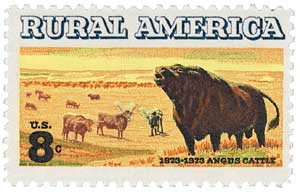
The winter of 1887 was devastating. Roosevelt, who had been away with his new wife, returned in the spring to find more than half his cattle had died, losing more than $80,000 of his investment. The major loss, in addition to his return to politics, led Roosevelt to retire from full-time ranching. Though he sold much the land and cattle to his workers, he maintained ranching interests in the area until 1898. By 1901, the Elkhorn Ranch had been almost entirely dismantled.
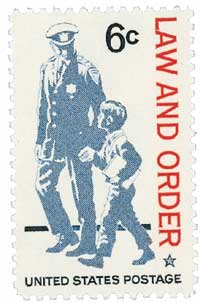
During his time in the Badlands, Roosevelt had spent many hours reflecting on the ever-changing landscape around him. Some of the animals there, such as the bison, had been over-hunted to near extinction. The landscape had changed as well. Early on, Roosevelt noticed the toll overgrazing was taking on the natural community.
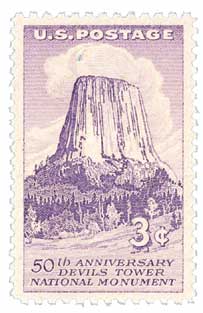
Roosevelt’s concern for nature continued to grow over time and when he became president in 1901, he had the authority to enact sweeping changes. Considered America’s first conservationist president, Roosevelt dedicated much of his time in the White House to protecting natural resources. He created the US Forest Service and passed the 1906 Antiquities Act, under which he established 18 new US National Monuments. Additionally, he created America’s first 51 bird reserves, four game preserves, and 150 national forests. During his term, Roosevelt set aside more federal land, national parks, and nature preserves than all the presidents before him combined.
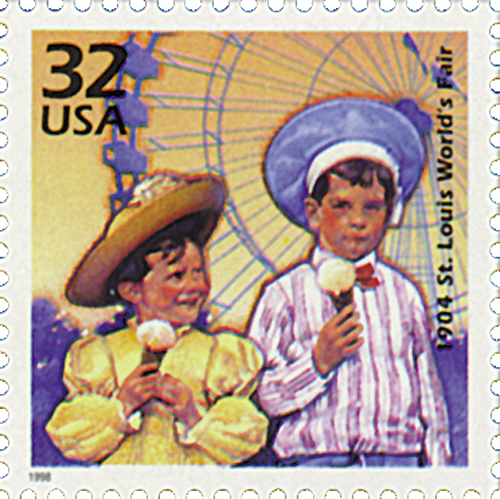
Shortly after his death in 1919, memorials in honor of the “conservation president” were proposed. By 1921, representatives from North Dakota had put the idea to Congress. For the next decade, lands were explored, surveyed, and recommended for the site of a memorial park. The Roosevelt Demonstration Area was designated in 1935 and roads, trails, campgrounds, and picnic areas were constructed throughout it.
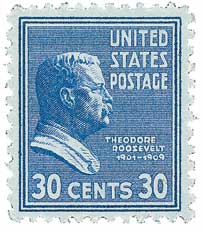
But when it was completed six years later, North Dakota did not want to run it as a state park. The National Park Service did not want the area either, but approved further study. It failed to qualify for national park designation and instead became the Theodore Roosevelt National Wildlife Refuge under the US Fish and Wildlife Service in 1946. A year later, President Truman was persuaded to declare it the Theodore Roosevelt Memorial Park. Thirty years later, on November 10, 1978, President Carter signed the bill that made it the Theodore Roosevelt National Park, placing almost 30,000 acres of it under the National Wilderness Preseveration System.
21¢ Bison
Small “2001”
City: Washington, DC
Quantity: 25,000,000
Printed by: Sterling Sommer for Ashton-Potter
Printing Method: Photogravure
Perforations: 11 ¼
Color: Multicolored
Theodore Roosevelt National Park

On November 10, 1978, Theodore Roosevelt National Park was established on North Dakota. Roosevelt’s time in the Badlands inspired his conservation efforts as president, establishing over 200 protected areas.
A rugged outdoorsman, Theodore Roosevelt was first drawn to North Dakota’s Badlands in September 1883 to hunt bison. Little did he know that most of the bison had been hunted to near extinction – some 10,000 were killed just a week before his arrival. Roosevelt became enamored with the area during this trip and decided to invest in a cattle ranching operation there. He purchased the Maltese Cross ranch and had a one-and-a-half-story cabin built.

After Roosevelt attended the Republican National Convention in June 1884, where his candidate lost, he returned once again to North Dakota. His cattle had fared well over the winter, so he decided to expand his ranch and “make it my regular business.” Roosevelt selected a second site about 42 miles away from Maltese Cross and had an even larger house built. Elkhorn grew to be the center of Roosevelt’s ranching operation. Roosevelt also spearheaded the creation of a stockmen’s association and served as its president for a time.

The winter of 1887 was devastating. Roosevelt, who had been away with his new wife, returned in the spring to find more than half his cattle had died, losing more than $80,000 of his investment. The major loss, in addition to his return to politics, led Roosevelt to retire from full-time ranching. Though he sold much the land and cattle to his workers, he maintained ranching interests in the area until 1898. By 1901, the Elkhorn Ranch had been almost entirely dismantled.

During his time in the Badlands, Roosevelt had spent many hours reflecting on the ever-changing landscape around him. Some of the animals there, such as the bison, had been over-hunted to near extinction. The landscape had changed as well. Early on, Roosevelt noticed the toll overgrazing was taking on the natural community.

Roosevelt’s concern for nature continued to grow over time and when he became president in 1901, he had the authority to enact sweeping changes. Considered America’s first conservationist president, Roosevelt dedicated much of his time in the White House to protecting natural resources. He created the US Forest Service and passed the 1906 Antiquities Act, under which he established 18 new US National Monuments. Additionally, he created America’s first 51 bird reserves, four game preserves, and 150 national forests. During his term, Roosevelt set aside more federal land, national parks, and nature preserves than all the presidents before him combined.

Shortly after his death in 1919, memorials in honor of the “conservation president” were proposed. By 1921, representatives from North Dakota had put the idea to Congress. For the next decade, lands were explored, surveyed, and recommended for the site of a memorial park. The Roosevelt Demonstration Area was designated in 1935 and roads, trails, campgrounds, and picnic areas were constructed throughout it.

But when it was completed six years later, North Dakota did not want to run it as a state park. The National Park Service did not want the area either, but approved further study. It failed to qualify for national park designation and instead became the Theodore Roosevelt National Wildlife Refuge under the US Fish and Wildlife Service in 1946. A year later, President Truman was persuaded to declare it the Theodore Roosevelt Memorial Park. Thirty years later, on November 10, 1978, President Carter signed the bill that made it the Theodore Roosevelt National Park, placing almost 30,000 acres of it under the National Wilderness Preseveration System.









